Oshougatsu, the traditional Japanese New Year , is the most important holiday of the year, bearing the unique cultural imprint of the land of the rising sun. With traditional rituals, typical dishes and a family atmosphere, Oshougatsu is not only a time to rest but also an opportunity for you to explore the beauty of Japanese culture.
1. Introduction to the traditional Japanese New Year Oshougatsu
Oshougatsu, the traditional Japanese New Year, is a major holiday of the year (Photo source: Collected)
The Japanese New Year, also known as Oshougatsu, is a major holiday that takes place in January every year. "Oshougatsu" in Japanese means "First Moon", an expression to honor Toshigamisama - the god of health, luck and prosperity for everyone in the new year.
Oshougatsu has a long history, dating back to the 6th century when Buddhism was introduced to Japan. Around 1945, the custom of "kazoedoshi" was established, meaning that everyone gets one year older on New Year's Eve. That is also the reason why Oshougatsu is considered the most special occasion of the year, when families gather together and receive blessings from the gods.
Although Japan officially switched to celebrating the New Year according to the Gregorian calendar in 1873, some areas such as Okinawa and the Nansei Islands still maintain the custom of celebrating the New Year according to the lunar calendar. In addition, Chinatowns in Yokohama and Kobe also hold large events to celebrate the Lunar New Year.
2. Traditional New Year customs of Japanese people
2.1. Hang Shimenawa in front of the house
Japanese custom of hanging Shimenawa in front of the house (Photo source: Collected)
As the New Year approaches, Japanese families decorate their homes or businesses with Kadomatsu trees – a harmonious combination of bamboo and pine. The bamboo is cut diagonally to symbolize the ladder leading to the god Toshigamisama, while the pine symbolizes longevity and vitality. Ropes made from dried grass, white paper, and Shimekazari charms are also added to ward off evil spirits and wish for a peaceful and prosperous new year. The god Toshigamisama is said to reside in the Kadomatsu tree, bringing blessings to the homeowner.
2.2. Going to the temple on New Year's Day - Hatsumoude
Hatsumoude is a Japanese custom of praying for peace at the beginning of the year (Photo source: Collected)
Hatsumoude, or the custom of going to temples at the beginning of the year, is an occasion for Japanese people to visit famous temples and shrines to pray for health, peace and happiness. The atmosphere here is always bustling with people coming to buy lucky charms, draw lots and pray. This is not only a traditional ritual but also a moment for people to refresh their souls and seek peace in the new year.
2.3. Worship of ancestors and gods
The Japanese consider Tet as a time to pay respect to their ancestors and gods. They prepare sticky rice cakes and Tokonoma and place them on the altar as a ritual to express gratitude and pray for protection. The worship also conveys the belief in the bond between the living and the dead. Generations of descendants pray to their ancestors, while deceased grandparents and parents are believed to bless and guide future generations.
2.4. New Year's lucky money and greeting cards
Lucky money is a form of sending good wishes on the first day of the year (Photo source: Collected)
On New Year’s Day, Japanese children receive Otoshidama – lucky money from their grandparents, parents and relatives. The red envelopes contain not only money but also wishes for maturity, obedience and success in studies. At the same time, Japanese people also write New Year’s greeting cards to send to friends, colleagues and relatives. These sincere wishes express gratitude and appreciation for the relationships in life.
2.5. Play folk games at the Japanese New Year festival
Takoage kite flying is a traditional New Year game in Japan (Photo source: Collected)
The traditional Japanese New Year, Oshougatsu, is also an occasion for people here to immerse themselves in folk games. Colorful kites flying high in Takoage, the bustling applause in Hanetsuki badminton matches, or the skillful playing of Komamawashi spinning tops, all contribute to creating a joyful and warm atmosphere on the first day of the new year.
3. Traditional Japanese New Year dishes
3.1. Ozonium
Ozoni - Traditional dish on Oshougatsu (Photo source: Collected)
Ozoni is a traditional soup featuring mochi, vegetables, and other ingredients, depending on the region of Japan. In Tokyo, the soup is made with dashi stock, chicken, spinach, and grilled mochi, symbolizing happiness and abundance. Meanwhile, Kyoto features white miso, taro, radish, and round mochi, symbolizing family harmony and abundance. The variety of ways to prepare ozoni makes it a unique symbol of New Year's Day.
3.2. Kagamimochi cake
Kagamimochi cake - An indispensable cake during Japanese New Year (Photo source: Collected)
Kagamimochi is a traditional food that is especially important in the culture of the traditional Japanese New Year, Oshougatsu . With two layers of mochi stacked and a mandarin orange placed on top, kagamimochi is not only an offering to the gods but also a symbol of completeness and good luck. The Japanese believe that when the whole family shares and enjoys kagamimochi, the gods will bless them, bringing a new year full of happiness and peace.
3.3. Osechi
Osechi - "New Year's Eve meal" of Japanese people (Photo source: Collected)
Osechi, or “New Year’s feast,” is a symbol of reunion and New Year’s blessings. The dishes in Osechi are prepared before Tet and arranged in multi-tiered wooden boxes, symbolizing “happiness piled on top of happiness.” Each dish in Osechi carries a lucky message: kobumaki seaweed symbolizes joy, sake-steamed shrimp symbolizes longevity, kazunoko herring symbolizes a wish for many children, and nimono stewed meat represents abundance. The Osechi tray is not just a meal, but also a wish for a new year filled with blessings.
The traditional Japanese New Year, Oshougatsu, is a great opportunity to immerse yourself in the bustling atmosphere of the beginning of the year, explore the unique cultural beauty and enjoy exquisite cuisine. Let's explore this unique festival season with Vietravel , admire the early year scenery in the land of the rising sun and create unforgettable memories!
Source: https://www.vietravel.com/vn/am-thuc-kham-pha/tet-truyen-thong-nhat-ban-oshougatsu-v16121.aspx


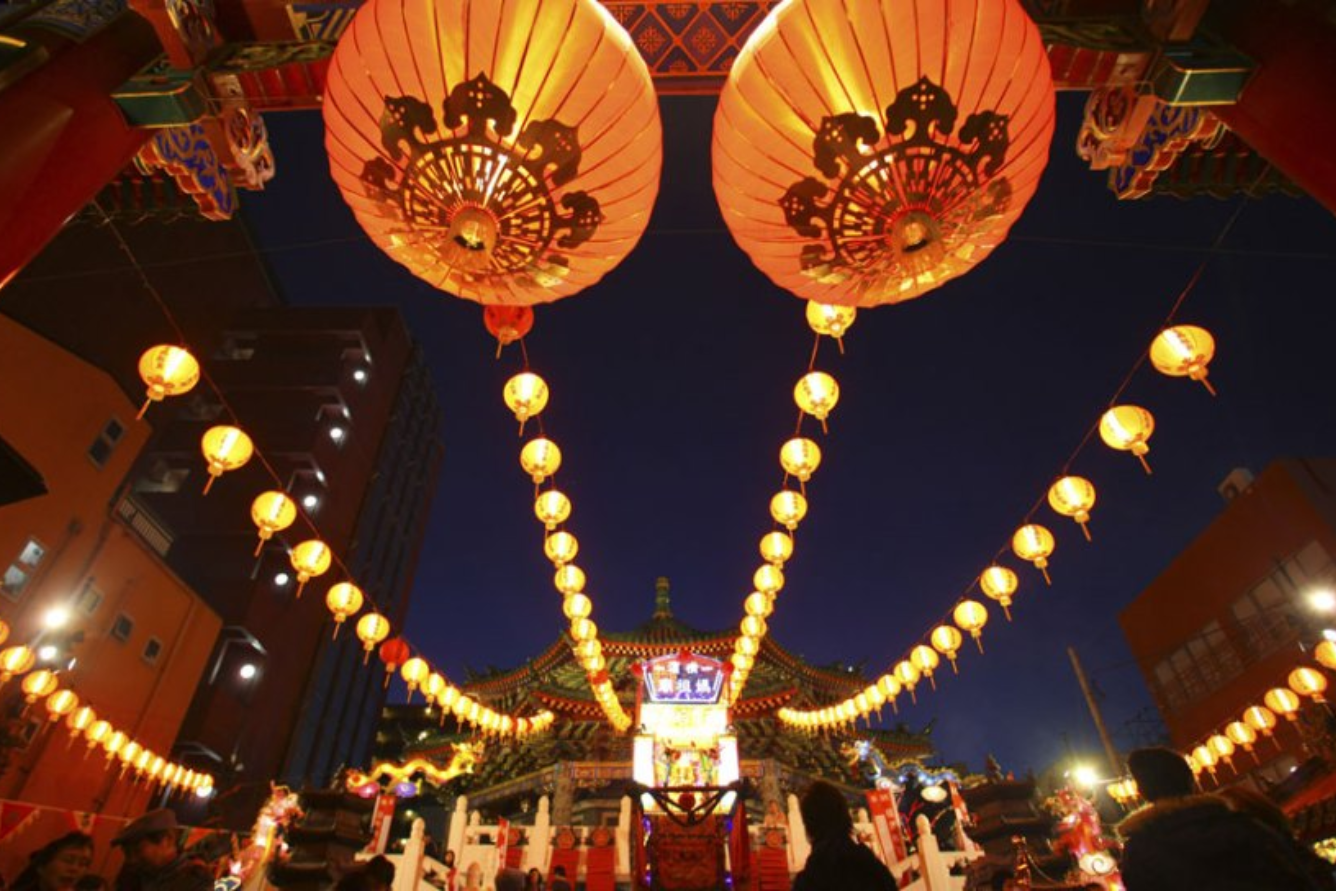
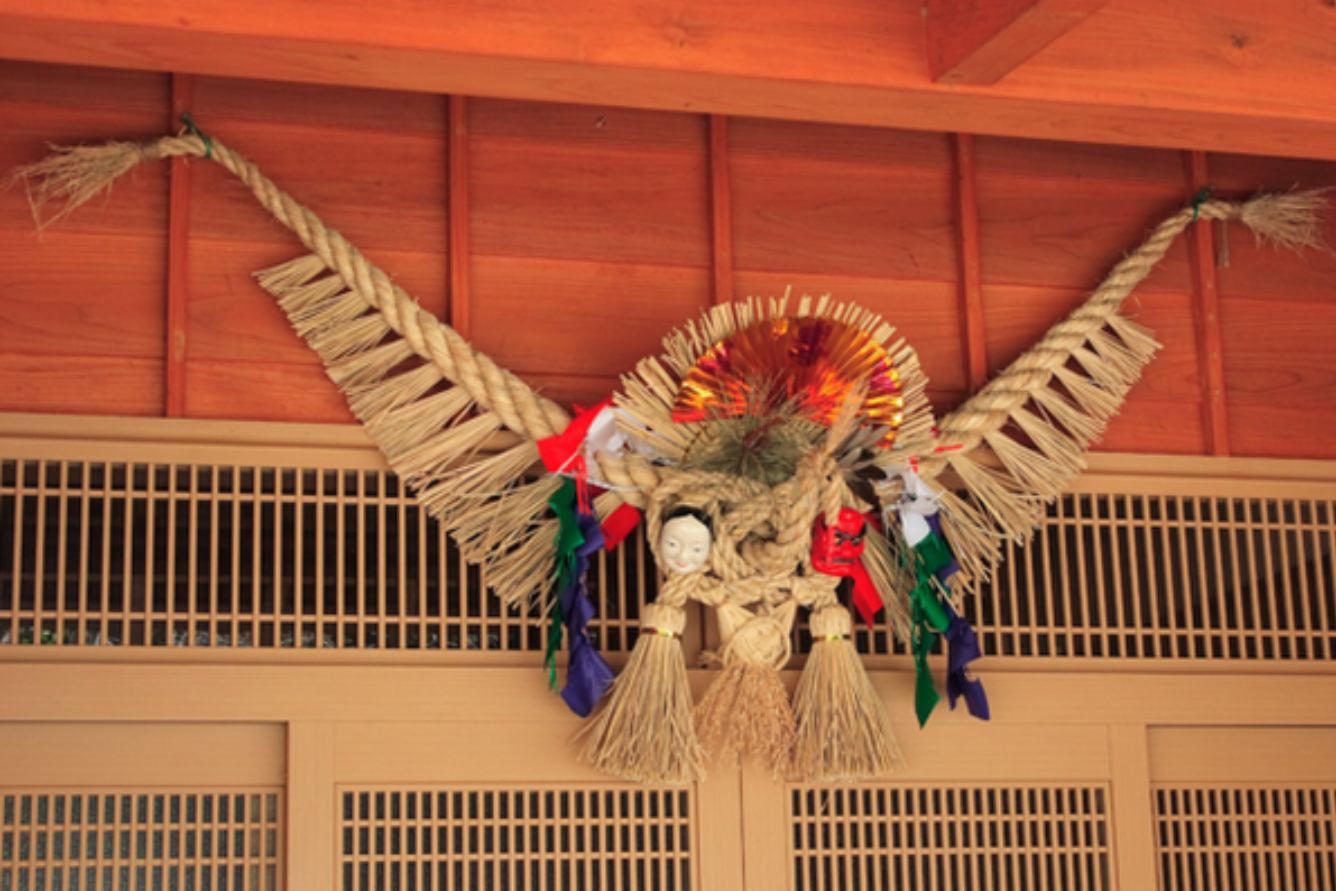
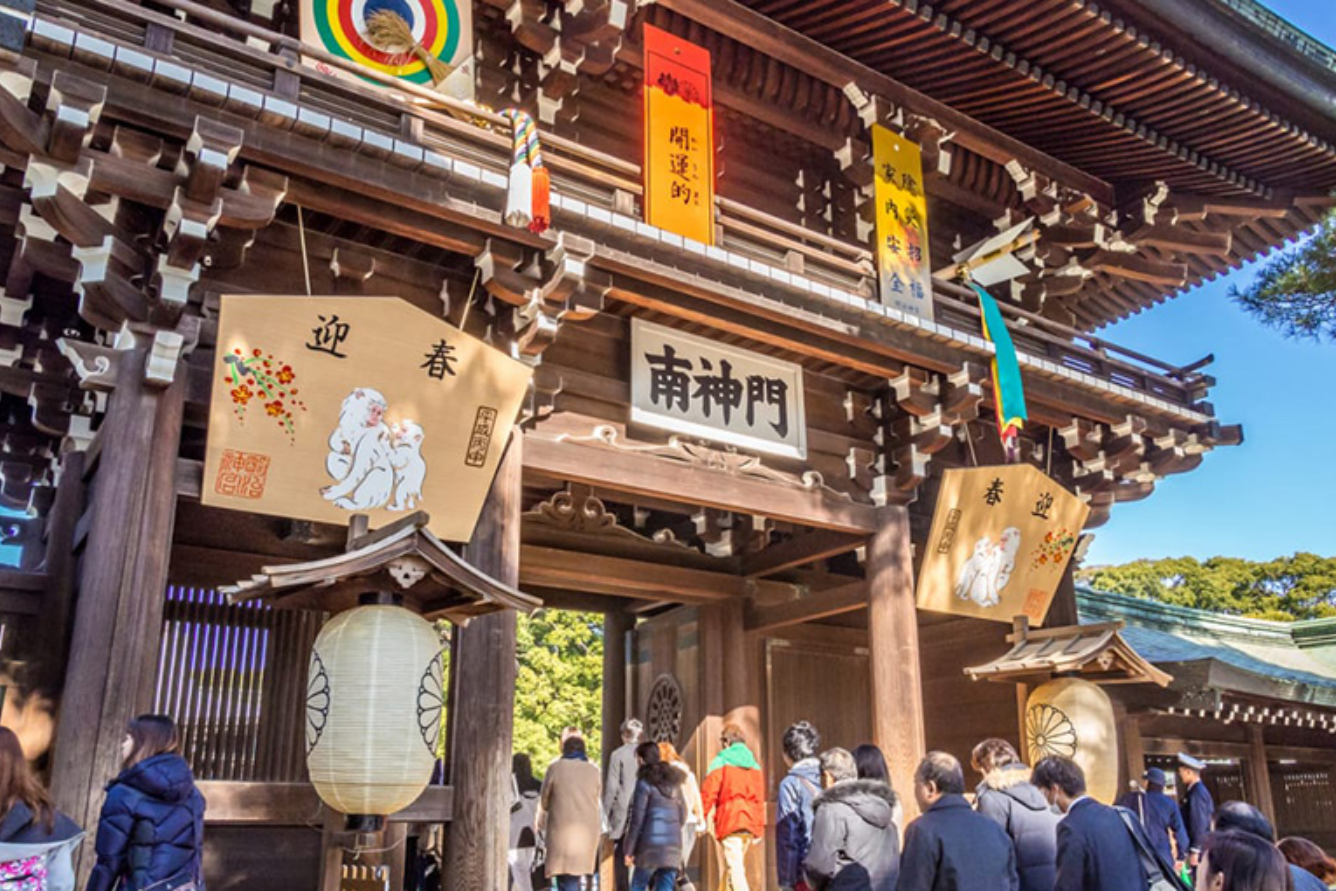
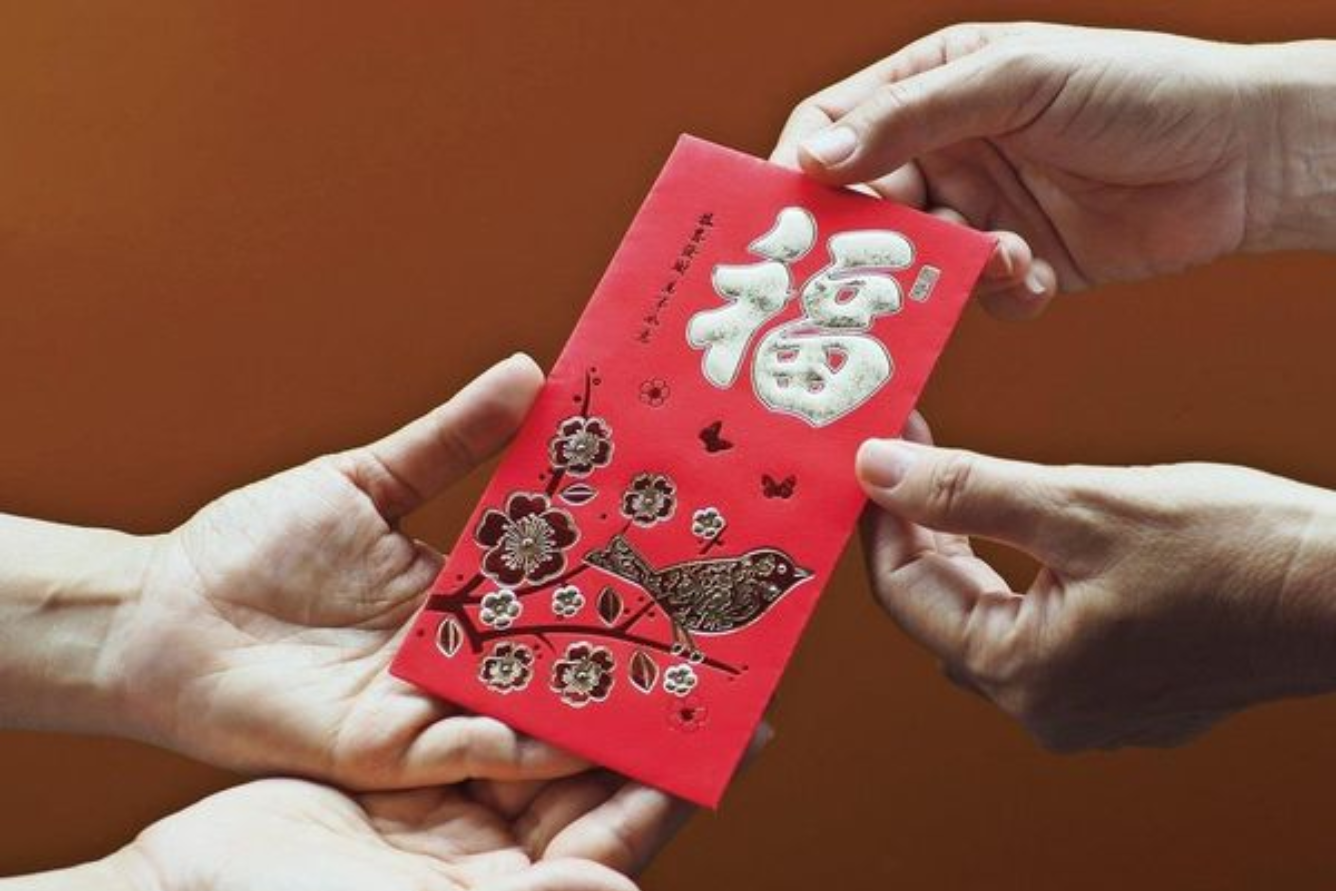
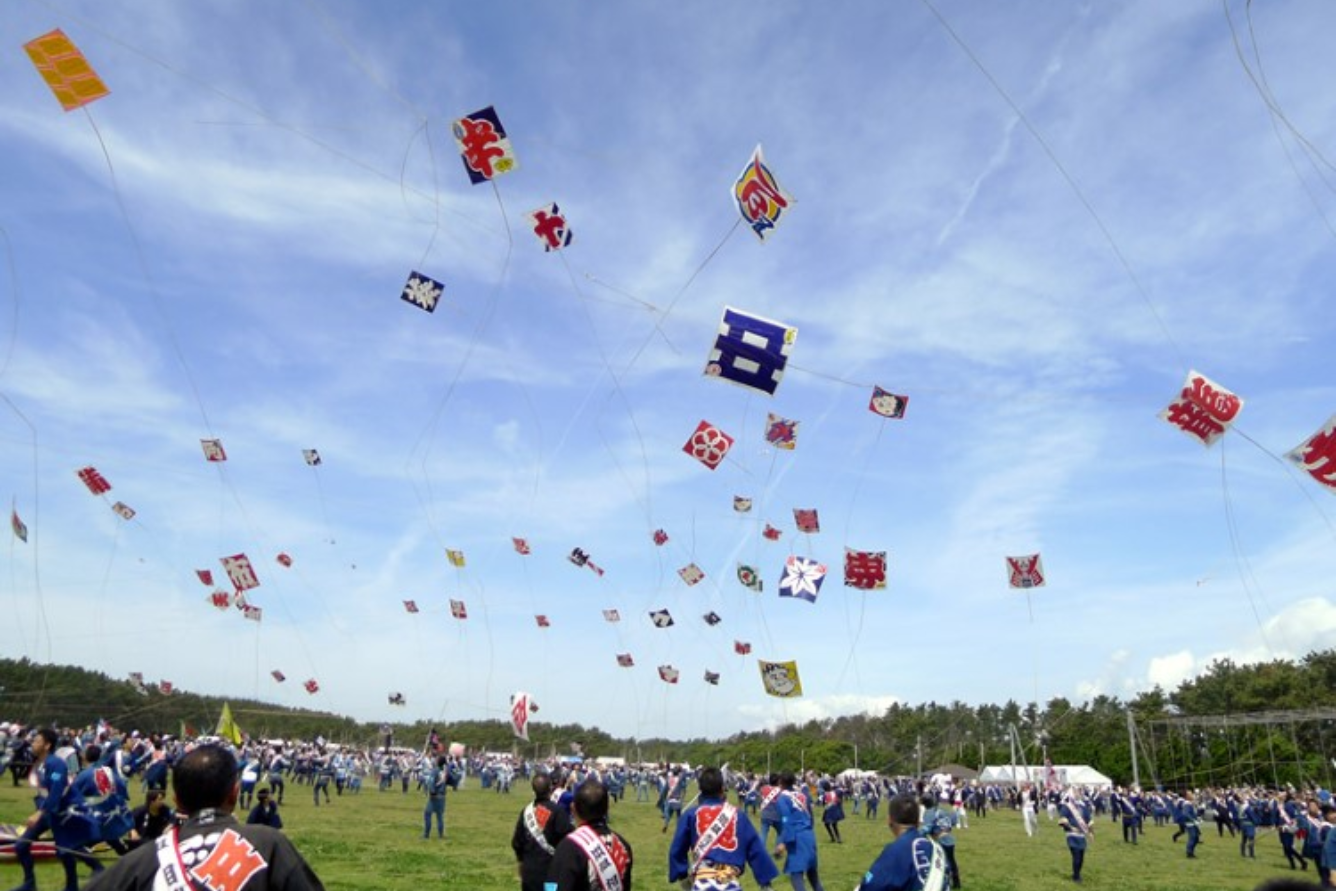
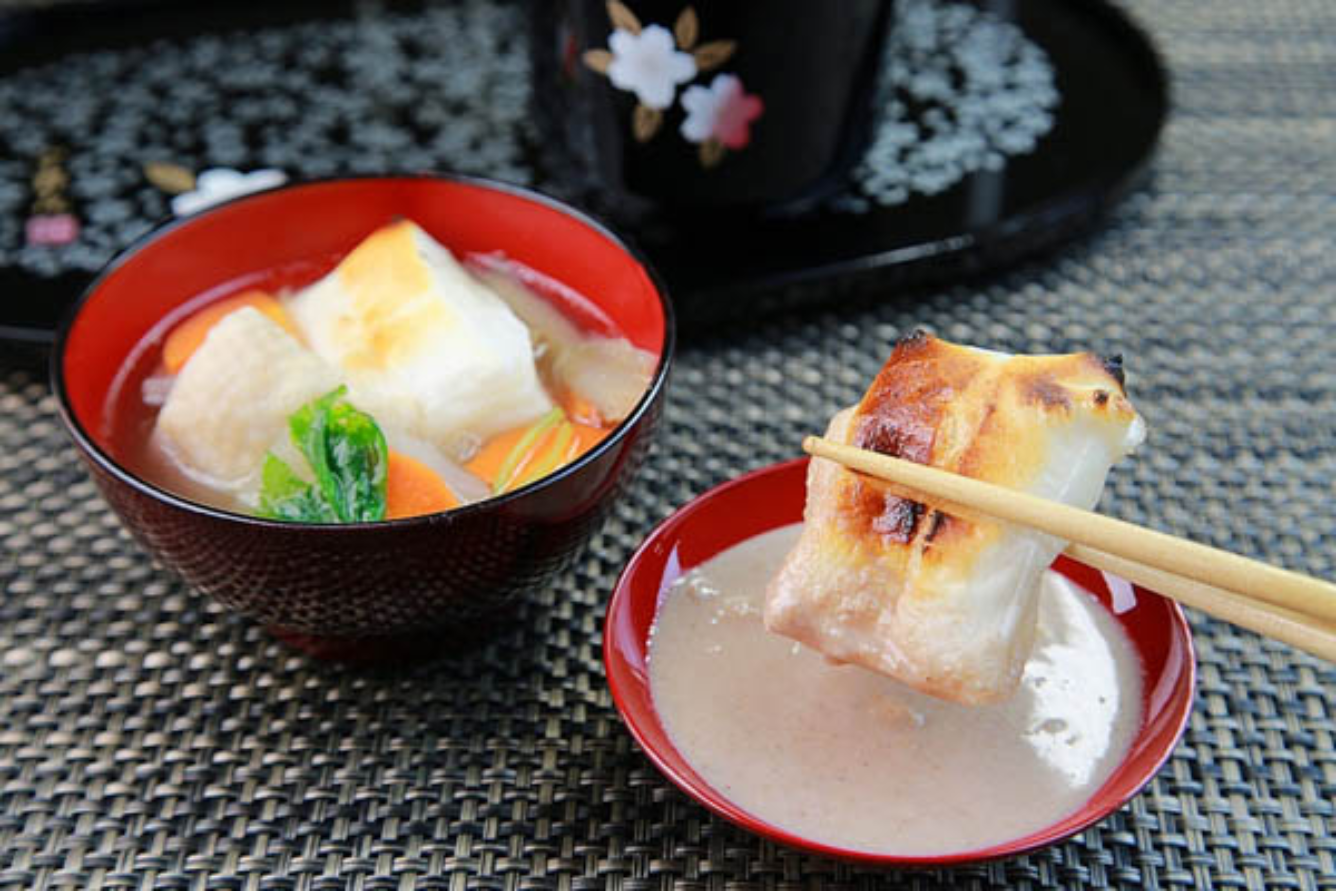
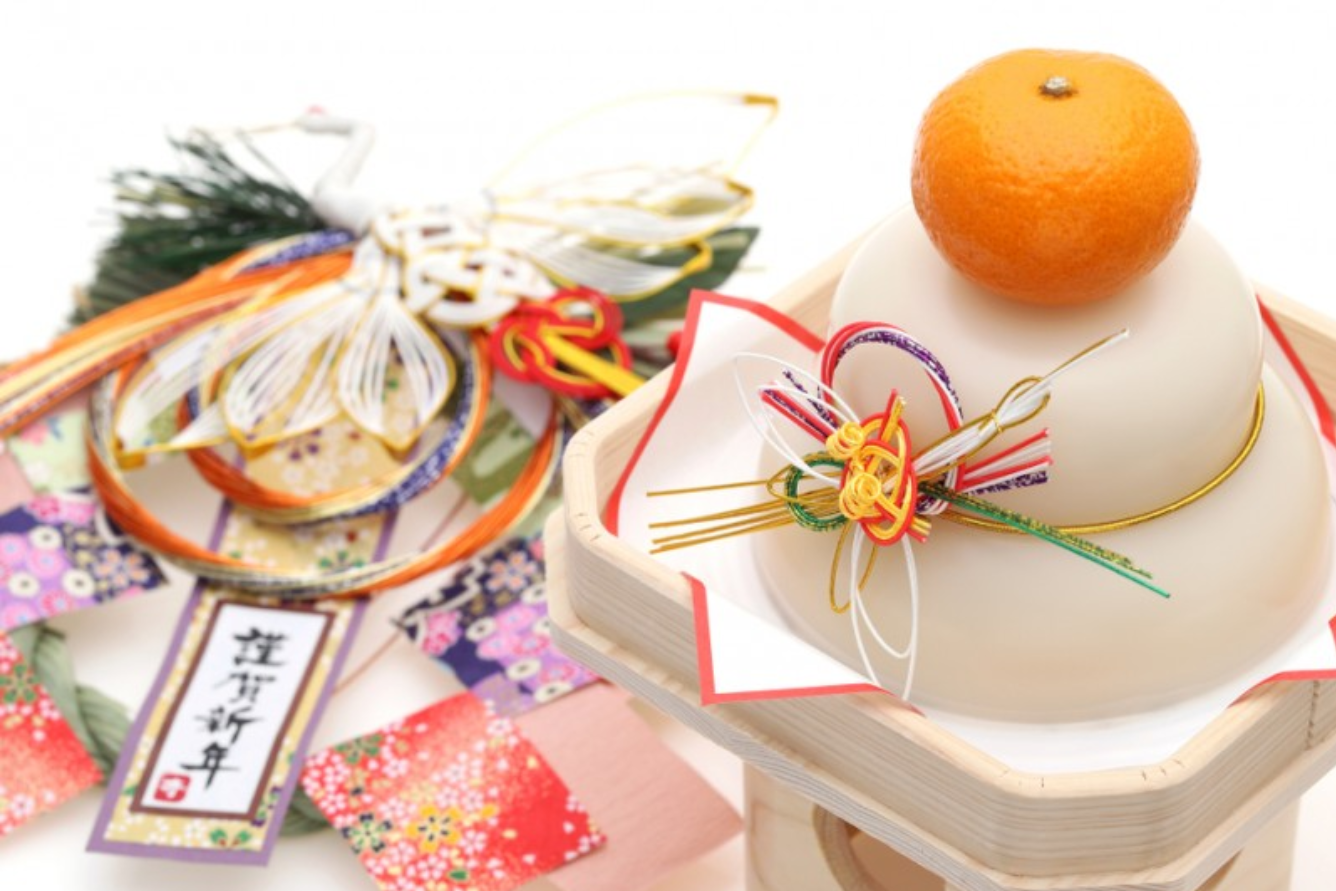
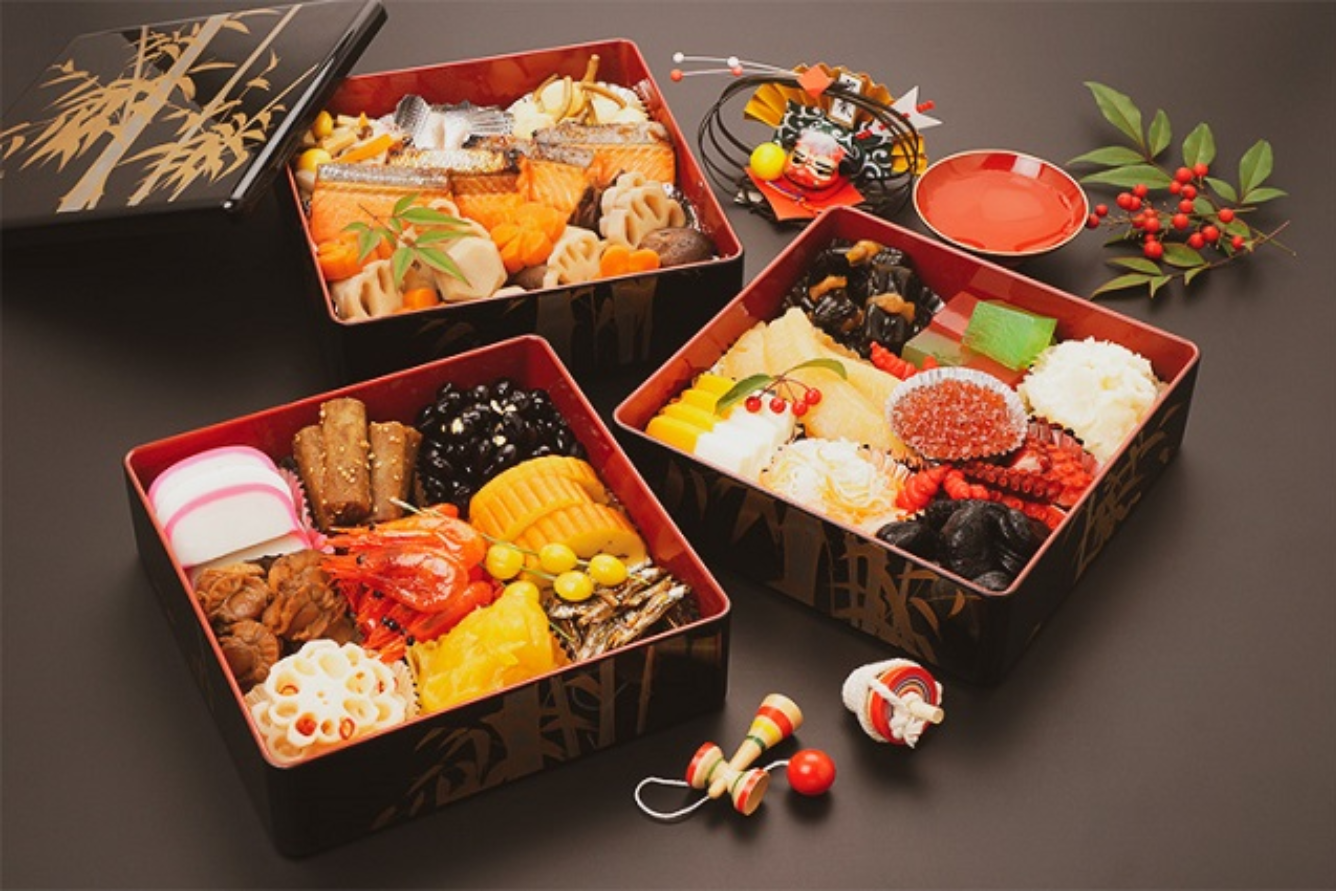
![[Photo] Opening of the World Cultural Festival in Hanoi](https://vphoto.vietnam.vn/thumb/1200x675/vietnam/resource/IMAGE/2025/10/10/1760113426728_ndo_br_lehoi-khaimac-jpg.webp)

![[Photo] General Secretary attends the parade to celebrate the 80th anniversary of the founding of the Korean Workers' Party](https://vphoto.vietnam.vn/thumb/1200x675/vietnam/resource/IMAGE/2025/10/11/1760150039564_vna-potal-tong-bi-thu-du-le-duyet-binh-ky-niem-80-nam-thanh-lap-dang-lao-dong-trieu-tien-8331994-jpg.webp)
![[Photo] Ho Chi Minh City is brilliant with flags and flowers on the eve of the 1st Party Congress, term 2025-2030](https://vphoto.vietnam.vn/thumb/1200x675/vietnam/resource/IMAGE/2025/10/10/1760102923219_ndo_br_thiet-ke-chua-co-ten-43-png.webp)











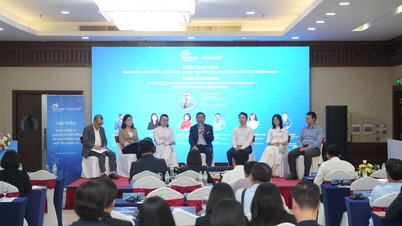



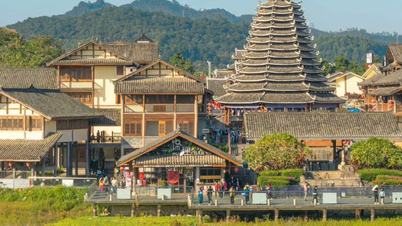
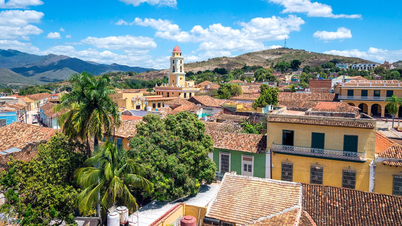









































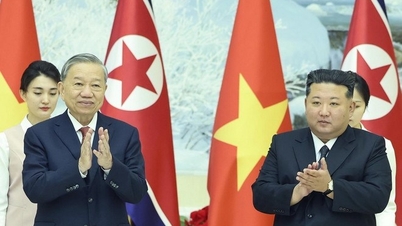































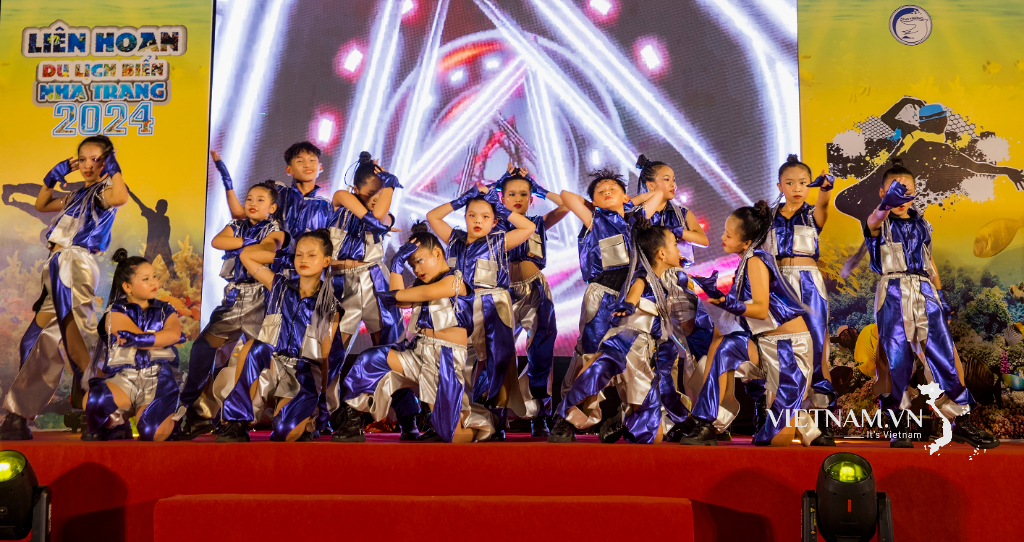



Comment (0)